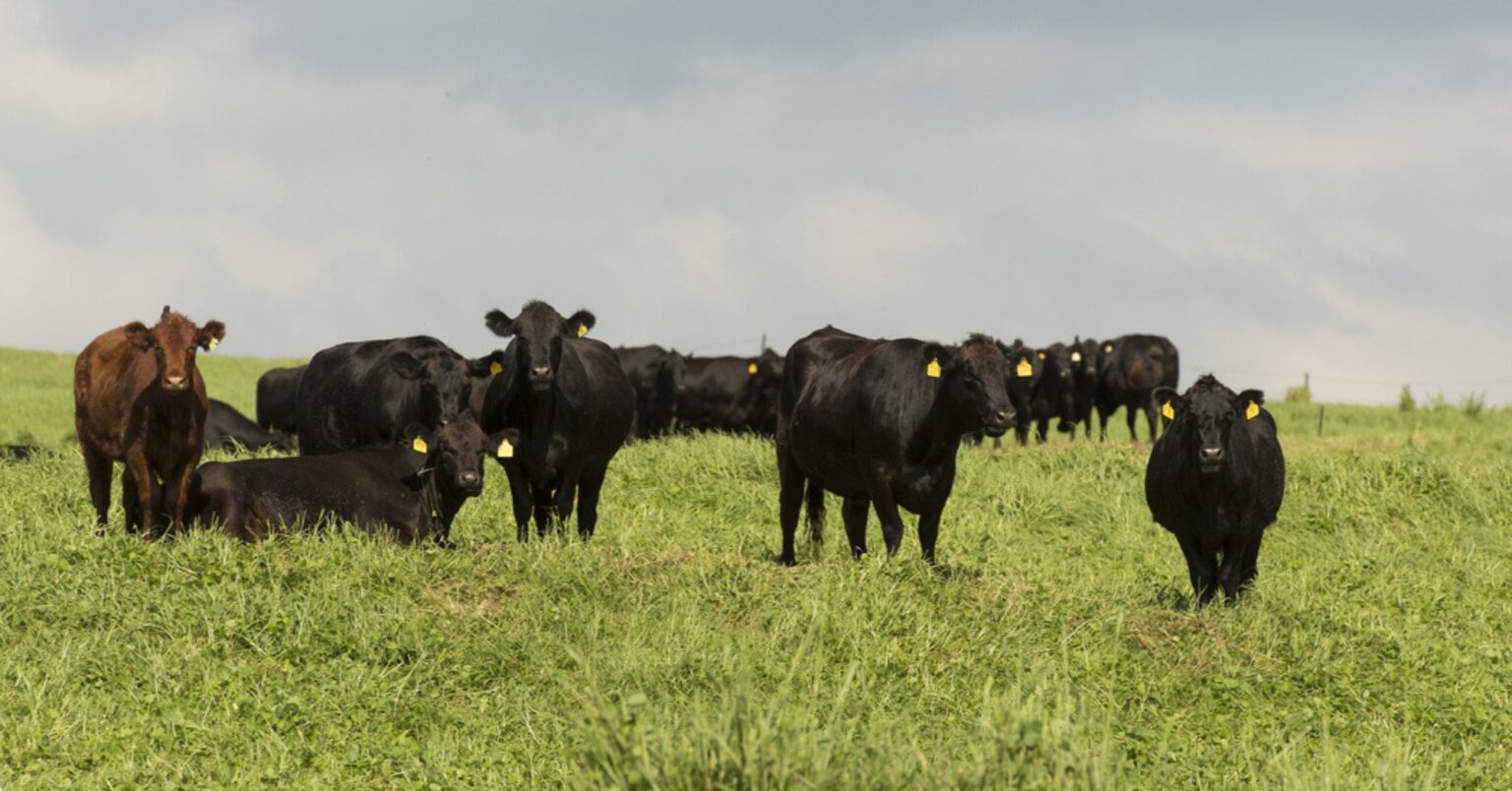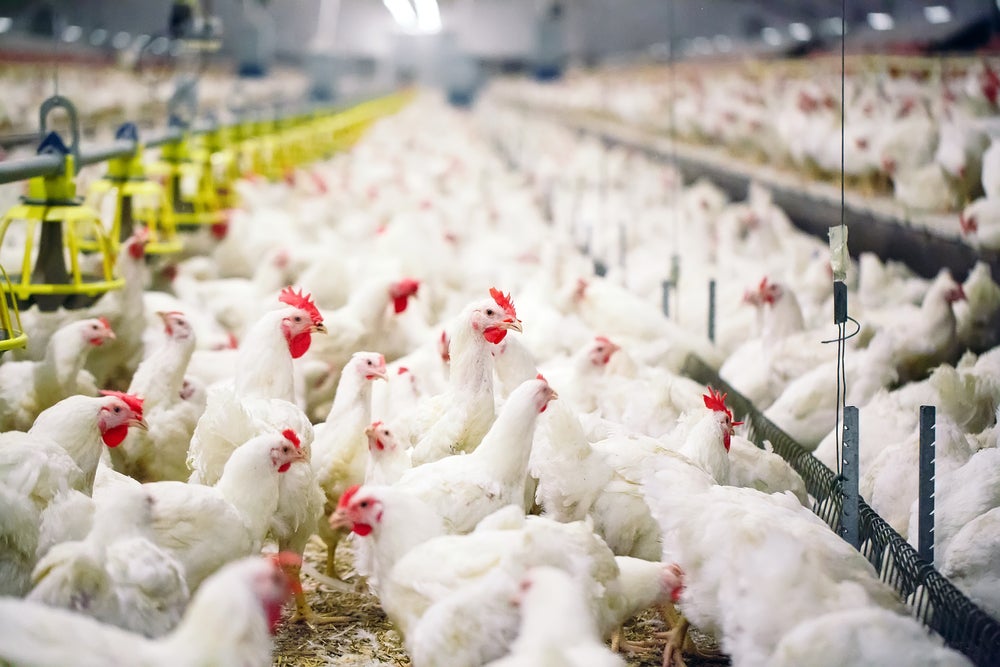Subscribe to Updates
Get the latest agriculture news and updates directly to your inbox.
Author: staff
The Beef Checkoff has been a lightning rod in the cattle industry, and the latest move to send more than $25 million of producer dollars to the National Cattlemen’s Beef Association has sparked another round of controversy. Critics say the program, originally designed to promote beef and educate consumers, is increasingly tied up in politics that don’t serve the independent producers footing the bill. In a strongly worded release, rancher advocacy group Beef Life USA blasted the decision, calling it a “betrayal” of independent ranchers. The group argues that ranchers are compelled by law to pay into the Beef Checkoff…
By Joana Colussi and Michael Langemeier The U.S. soybean harvest began in September without any orders from the world’s largest buyer: China. American producers are harvesting a crop the USDA estimates at 4.3 billion bushels, and there is no indication of when shipments to China will resume. In a typical year, China buys more than half of all U.S. soybean exports. Meanwhile, Brazil set a record for shipments to China from January through August 2025. In this article, we present U.S. and Brazilian soybean trade flows to China during the last two years, analyze the trade relationship between these countries…
USDA published the latest Crop Progress report on Monday, Sept. 22. Here’s a closer look at recent weather and the status of most important crops for Kansas in mid-September. Weather Tina Sullivan, northeast area agronomist for Kansas State (K-State) Extension, and Matthew Sittel, assistant state climatologist, wrote in an Agronomy eUpdate that precipitation has been quite variable around the state in September. Parts of Lincoln and Ellsworth County have received over 9 inches of rain this month, and central Kansas has been the wettest region so far this month. Meanwhile, parts of northwest Kansas have had little precipitation. Precipitation is…
Citing near-record production costs in a low-price environment, the National Corn Growers Association recently launched a task force to identify solutions to bring costs more in line with today’s commodity prices. Corn growers nationwide are in the third consecutive year of net negative returns, with 2026 projected to be the fourth year of negative returns. “Corn growers have been sounding the alarm for a while that on-farm economics are not working,” said Kenneth Hartman Jr., Illinois farmer and NCGA president. “This is a time to look at all pieces of the farm profitability picture. Low prices of course contribute to…
By Naveen Thukral and Ella Cao SINGAPORE/BEIJING, Sept. 23 (Reuters) – Chinese buyers booked at least 10 cargoes of Argentine soybeansafter Buenos Aires on Monday scrapped grain export taxes, three traders said on Tuesday, dealing another setback to U.S. farmers already shut out of their top market and hit by low prices. Argentina’s temporary tax move boosts the competitiveness of its soybeans, prompting traders to secure cargoes for fourth-quarter inventories in China, a period usually dominated by U.S. shipments but now clouded by Washington’s trade war with Beijing. The Panamax-sized shipments of 65,000 metric tons each are scheduled for November, with CNF (cost and freight)…
Agriculture is one of the foundations of history. It’s almost always been here, and I believe that it will always be here in the future. One of the most iconic parts of that history is the big, red barn. If think of an American farm, chances are you think of a red barn, complete with white trim, a huge hayloft window, and maybe even a rope swing for the kids to play on somewhere. This type of barn has been the face of agriculture in television shows, on cereal boxes, children’s toys, photo shoots, and so much more. So, how…
Just before 9:30 a.m. CT, December corn was up ¾¢ at $4.22½ per bushel. November soybeans were down 1¾¢ at $10.09¼ per bushel. “Corn, soybeans, and wheat remain in the red [Tuesday] morning as buying interest remains minimal.” Karl Setzer, partner with Consus Ag Consulting said, “The soy complex remains the weak leg of the market with pressure coming from the Argentine suspension of export taxes.” December CBOT wheat was up 5¼¢ at $5.16 per bushel. December KC wheat increased 2¼¢ at $5.04½ per bushel. December Minneapolis wheat was down 10¼¢ at $5.27 per bushel. December live cattle were down…
By Cassandra Garrison MEXICO CITY, Sept. 22 (Reuters) – A confirmed case of an animal infected with the flesh-eating screwworm parasite in Mexico’s northern Nuevo Leon state near the U.S. border was immediately treated to prevent a further outbreak, the Mexican government said Monday. The country’s agriculture ministry said there was no risk of adult screwworm fly emergence due to the early detection of the infected bovine, which was confirmed on Sunday. Fly traps in northern Mexico have not detected a single screwworm fly, the statement added. The screwworm parasite has moved northward through Central America and Mexico, rattling the U.S. cattle industry and prompting the U.S. government to keep its border…
American farms hire roughly 2.5 million people annually to pick crops, milk cows, manage nurseries, tend livestock, and otherwise keep farms running, according to an analysis of federal data by UC Davis economics professor Philip Martin. Most farmworkers in the U.S. are immigrants, particularly from Mexico. Some foreign workers come to the U.S. just for seasonal work through the H-2A guest worker visa program. Many more, approximately 1.7 million Mexico-born farmworkers, according to Rural Migration News, are settled in the U.S. and have worked on U.S. farms for decades. Of these settled workers, roughly half have some sort of legal…
Today, the Animal Agriculture Alliance released an updated version of its Sustainability Impact Report as Climate Week NYC kicks off. The report emphasizes decades of progress made by the U.S. food and farming community to enhance animal welfare practices, reduce environmental impact, and contribute to a healthy, balanced diet. “The U.S. farm and food community has been a global leader in sustainability efforts for decades,” said Emily Ellis, director of communications and content for the Animal Agriculture Alliance. “We’re incredibly proud of the work being done to innovate and advance food production practices to continue contributing to a sustainable food…








:max_bytes(150000):strip_icc()/SoybeansAtHarvest-MediumShot-2000-0c2c658508c2419dafa77c0830196c45.jpg)
:max_bytes(150000):strip_icc()/Grain-sorghum-harvest-combine-texas-e269fe83b5f142f5988811520a5a8bd6.jpg)

:max_bytes(150000):strip_icc()/50521599128_e76e5971ac_o-e498b054f3d1435d9c2fb447751a4073.jpg)
:max_bytes(150000):strip_icc()/Markets-7-Corn-up-soybeans-down-3-8a19ee3772234e24930af71711d04827.jpeg)
:max_bytes(150000):strip_icc()/screwworm-adult-56a51ecd3df78cf7728654c4.jpg)
:max_bytes(150000):strip_icc()/laborpart1hero-f93458f546044745964bd45193ded9c0.jpg)
